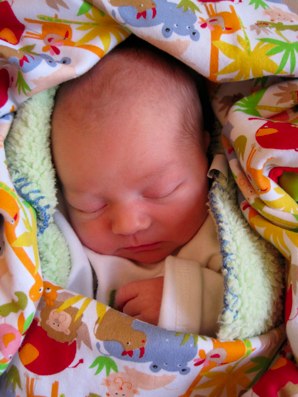100 Years of Jantzen
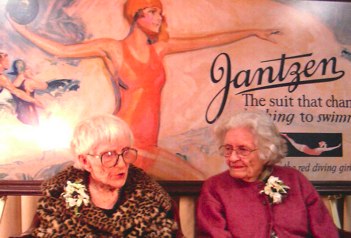
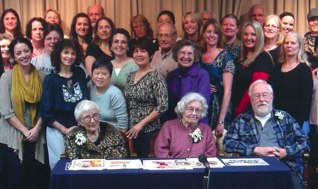
Kinship Relationships
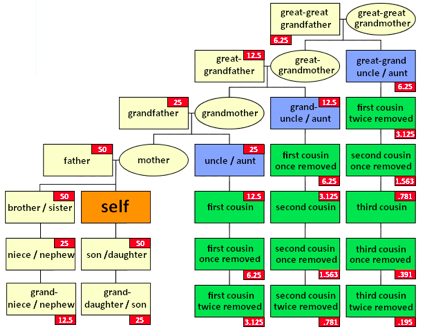
Here’s the definition they give for degrees:
The degree (first, second, third cousin, et cetera) indicates one less than the minimum number of generations between both cousins and the nearest common ancestor. For example, a person with whom one shares a grandparent (but not a parent) is a first cousin; someone with whom one shares a great-grandparent (but not a grandparent) is a second cousin; and someone with whom one shares a great-great-grandparent (but not a great-grandparent) is a third cousin; and so on.
And removes:
So there it is...The remove (once removed, twice removed, etc.) indicates the number of generations, if any, separating the two cousins from each other. The child of one's first cousin is one's first cousin once removed because the one generation separation represents one remove. Oneself and the child are still considered first cousins, as one's grandparent (this child's great-grandparent), as the most recent common ancestor, represents one degree. Equally the child of one's great-aunt not GRAND-AUNT or uncle (one's parent's cousin) is one's first cousin once removed because their grandparent (one's own great-grandparent) is the most recent common ancestor.
More Cormack Updates
One new(ish) feature is a few ‘charts’, including this one:
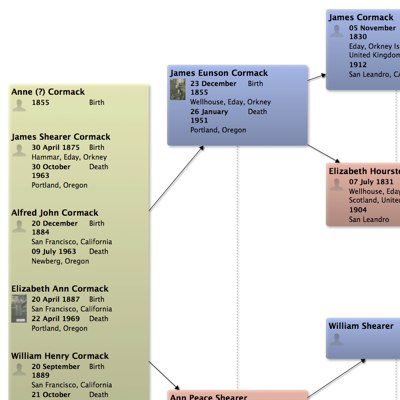
More of them here:
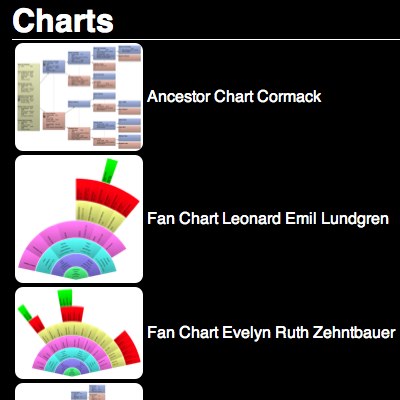
Cormack Updates
Here’s a sample including the parents of James Eunson Cormack and Ann Peace Shearer:
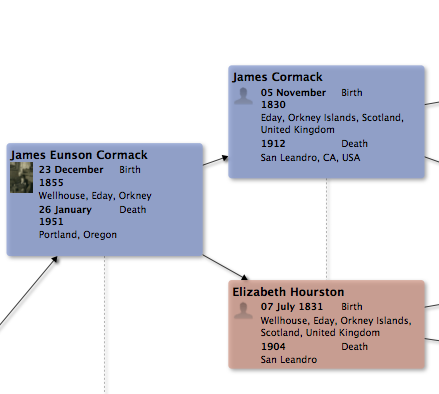
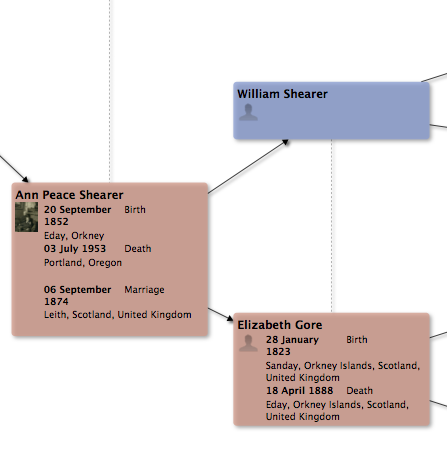
Baby Kate arrived!
